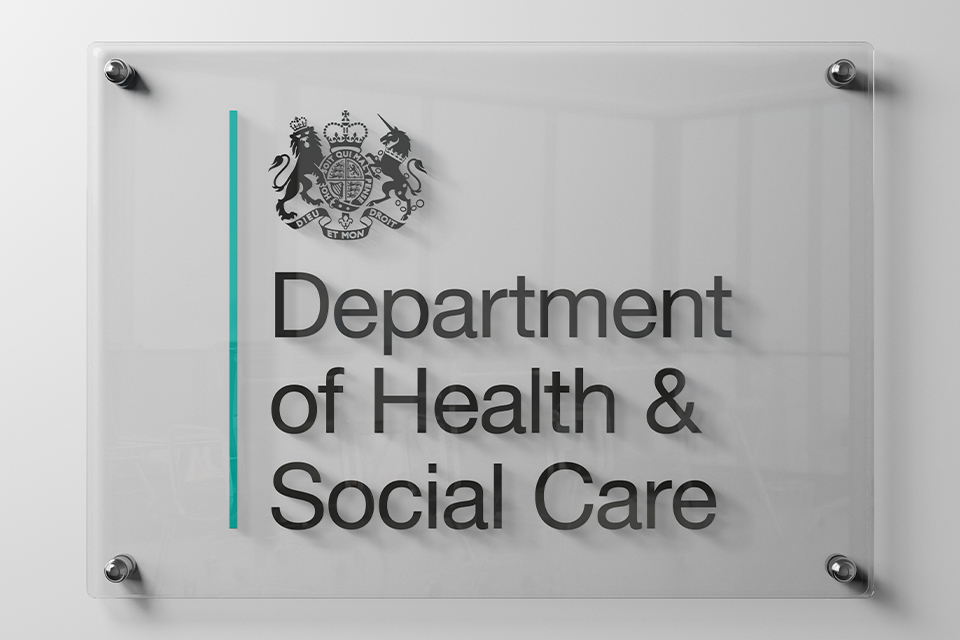Over the past few weeks we have strung together what we hope are a few useful pieces about what potential changes will be implemented in the upcoming Autumn Budget. It will be Labour’s first since spring 2010, and with only a few days remaining until we discover what they have in store, it’s a good time to reflect and set out what we expect will happen and how this may affect you.
Let’s consider why this is happening a mix of spending cuts and tax increases aimed at stabilising public finances and boosting investment in essential services. The importance of the 30th is clear, as the Treasury will address tough fiscal decisions while preparing for the multi-year Spending Review next spring. With the public spending shortfall now at £40 billion, Chancellor Rachel Reeves must balance equitable investment in public services, economic growth, and fiscal credibility.
Let’s go over what we may see next week.
Capital Gains Tax
One of the key cornerstones to the upcoming Budget is that Labour are looking to protect working people, with no income tax or national insurance increases expected. What this leaves exposed are taxes on wealth and, in this scenario, investments outside of tax wrappers.
The capital gains allowance (CGT) currently sits at its lowest point since the early 80s at £3,000, so any crystallised gains above this amount will be exposed. At present, CGT rates for investment securities are 10% for basic rate tax-payers and 20% for higher or additional tax rate payers. It may well be that in a worse case scenario CGT matches income bandings, but the likelihood is that we won’t reach those heights. Nonetheless, the number of people affected by this will be pushed up and to a greater extent.
As a result, the clear winning idea is to use any tax wrappers you have available at your disposal, like Individual Savings Accounts (ISAs) or Junior ISAs if you wish to put money aside for your kids. Pensions remain a powerful option too, with the possibility of adding up to £60,000 each tax year and being able to use unused allowance through carry forward. Pension allowances are variable to the individual, however, and carry forward should only be explored having already received professional guidance.
Other considerations include investing in UK gilts below par (a capital gains tax free investment), available through our Share Investing service, or considering tax loss harvesting strategies. These are absolutely more complex routes, covered in more detail here, and should really only be explored with full awareness of the risks and after professional consultation.
Reduction in the pension tax-free lump sum
Despite being difficult in practice to implement, the topic of reducing the pension tax-free lump sum has been widely touted as the most likely surrounding pensions. Pension savers can currently take 25%, or up to £268,275, of their pension without facing a tax charge.
If implemented, there would likely be a surge in individuals seeking to take advantage of the current rule while it remains available. Given the amount of work which would need to be done in order to get this over the line, it’s likely that this reduction would happen at the start of the new tax year at the earliest.
The bigger question is what to do with the cash once it’s in someone’s bank account. If there is no need for the funds immediately, putting the money to work tax efficiently will be challenging. Anything left in a savings account or a General Investment Account will be hit by CGT, income or dividends tax, so ultimately the move would be from a tax-shielding wrapper to a taxable environment.
Alternatively it may just be left in cash, meaning future gains may be lost for the fear of being taxed – an absolute cardinal sin for long-term returns. Should funds be taken from the pension then at the very least they ought not to deviate from the asset allocation set out in a financial plan.
It can be easy to dismiss the pension as a good investment option as a result, though this is arguably a mistake. Pensions continue to offer a wide range of tax benefits, with alternatives most likely being taxed to a greater degree. More information on this can be found here.
Tax relief on pension contributions
One of the touted potential changes to pension rules are personal contributions on the way in. What we could see is a flat rate (30% is a number which has been floated) given to all, as opposed to the current framework where you may receive tax relief according to your income banding.
Although this may dissuade higher or additional tax-rate payers from paying into the pension, it shouldn’t. At the end of the day receiving tax relief is still positive, as it essentially acts as a form of refund having already suffered income tax when receiving a salary. Indeed, for additional rate taxpayers whose salaries are expected to increase in the coming years, the tapered annual allowance may limit their tax relief options sooner than anticipated. And for those who are slightly above an income banding threshold, salary sacrifice is always available to help drop them to the tax band below. Information on both these actions can be covered with one of our Consultants through an appointment.
For basic rate taxpayers, this is welcome news. Should the flat rate sit higher than the existing 20% available to them, it means they would receive greater government support for pension savings, making retirement goals more attainable by having more capital injected into a tax wrapper.
Inheritance Tax – Pensions moving inside the estate
At present, defined contributions schemes, such as the Self Invested Personal Pensions (SIPPs) offered by Moneyfarm, are excluded from the estate and therefore not subject to inheritance tax upon an individual’s death. Currently, if a person dies before the age of 75, the funds can be passed on free of tax. However, if they die after turning 75, the funds will be taxed at the beneficiary’s marginal income band. The key point is that it does not push individuals’ estates beyond their nil-rate bands (inheritance tax thresholds).
If inserted within the estate then pension values are included within Inheritance Tax (IHT) calculations, exposing them to a potential 40% tax charge, meanwhile increasing the liability of assets exceeding a person’s nil rate band.
There is also a risk of double taxation, considering both IHT on death as well as income tax paid on the beneficiary’s pension income withdrawals. Labour would need to remove the income tax charge as part of its reform to avoid this issue.
This topic was covered more recently and in greater depth here.
Will the Budget impact the performance of Moneyfarm investments?
When considering capital markets, there are no certainties – especially on such a short-term basis. The key tenent of our investment strategy is to be globally diversified to mitigate risk as best as possible, so consequently we do not hold too strong a home country bias, i.e. our portfolios are not too overly exposed to the UK.
UK equity exposure will range from 3% to 14.5%, corresponding to risk levels 2 through 7, while fixed income exposure will vary from 4% to 45%, spanning risk levels 6 down to 1. The fixed income exposure in the lower risk portfolios is titled towards shorter-term, higher quality bonds that are less volatile. Whilst we’re comfortable and see promise in our UK positioning, the UK no longer holds the same global influence on capital market as it once did, with an ill-received Budget unlikely to spill over into international volatility.
To expand on this, it’s important to not view this event in isolation. Whilst progress has initially been slow, the UK will slowly be decreasing interest rates as inflation becomes more manageable. Some industries may in fact get a shot in the arm with the combination of a lower interest rate environment and increased spending, namely health, infrastructure and housing sectors to highlight a few potential beneficiaries.
There is a possibility that UK bond markets may be slightly spooked considering additional government borrowing, especially in view of weak demand for gilts. But working under the assumption that interest rates will fall relatively quickly, this should affect bond prices positively due to the inverse relationship the two share.
What should you do in the meantime?
For the most part, there is not much that needs to be done. The word ‘crystal ball’ has been the buzzword in many of my conversations with clients over the past few weeks and, sorry to be the bearer of bad news, but sadly I don’t have one.
There is a famous saying in finance, that you shouldn’t “let the tax tail wag the investment dog”, and to a certain extent this is true. Legislation comes and goes, more frequently than you think, so any changes will not be in place forever. The best thing you can do is to clearly define your goals and how you are going to achieve them. We offer a plethora of tax advantageous products which can hopefully help you navigate an increasingly challenging climate, but more importantly than that, our expert team is always at hand to go over your specific situation and how you may be affected.
Peter Rice is an Investment Consultant at Moneyfarm. Having held numerous client-facing roles over a span of many years, he currently helps customers achieve their financial goals and conducts portfolio reviews. Peter holds the Investment Advice Diploma with the CISI, as well as an MA in International Business Management from Heriot-Watt University and a MSc in Finance from the University of Edinburgh.
*Capital at risk. Tax treatment depends on your individual circumstances and may be subject to change in the future.






